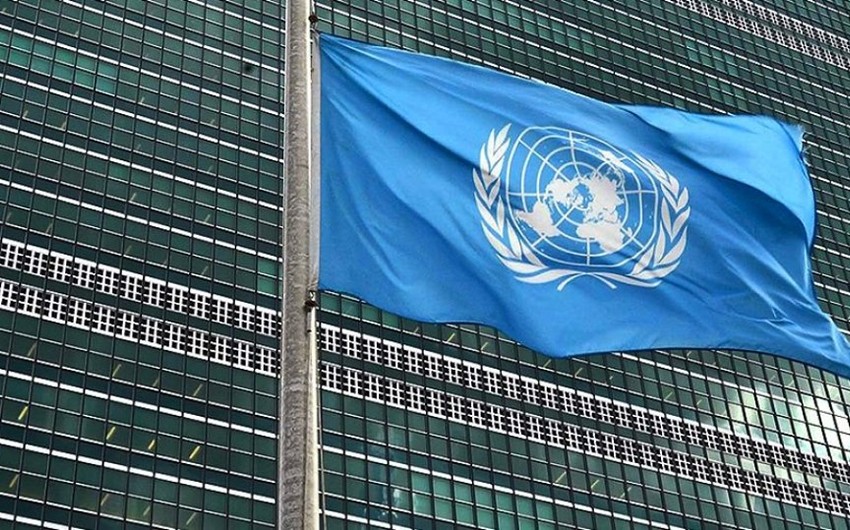The statement of the Geneva-based International Institute for Rights and Development was posted on the official website of the UN Human Rights Council (UNHRC), the State Committee for Work with Diaspora told Report.
The statement titled "Provocation of the Armenian Armed Forces in the Liberated Lands of Azerbaijan," submitted to the 51st session of the UN Human Rights Council, provides detailed information about the history of the Karabakh conflict between Azerbaijan and Armenia, the liberation of the Azerbaijani lands that were under occupation for nearly 30 years during the Second Karabakh War, but contamination of those territories with Armenian-made mines. Attention was drawn to the fact that the armed forces of Armenia even laid mines around the roads leading to cultural and historical monuments.
According to the statement, dangerous mines and explosive devices, which were discharged through the Tartar, Khachin, Gargar, and Hakari rivers during the 44-day war, were discovered not only in the war-affected areas of Azerbaijan but also in provinces far from the frontline.
The statement mentioned the activities of the Azerbaijan National Agency for Mine Action (ANAMA) in the liberated territories: "The Agency found 397 pieces of LAR160, 9N235, and other banned cluster munitions dropped by the Armenian armed forces in an area of 10 km² in 2021 and 991 PMN-Э type anti-personnel mines buried by illegal Armenian units in the northwest of Saribaba height in the eastern part of the Lachin district on August 15, 2022. Those areas are located far away from the places called the contact line."
IRDG expressed its deep concern about the danger posed to the population by war remnants and mines, unexploded military ammunition, and other means on the territory of Azerbaijan. It was emphasized that it is important for the international community to act immediately on this issue.
IRDG called on the European Union, other international organizations, and donors to support Azerbaijan in demining.


 https://static.report.az/photo/e7f1904f-d1c5-36be-8eeb-a213348eb513.jpg
https://static.report.az/photo/e7f1904f-d1c5-36be-8eeb-a213348eb513.jpg

